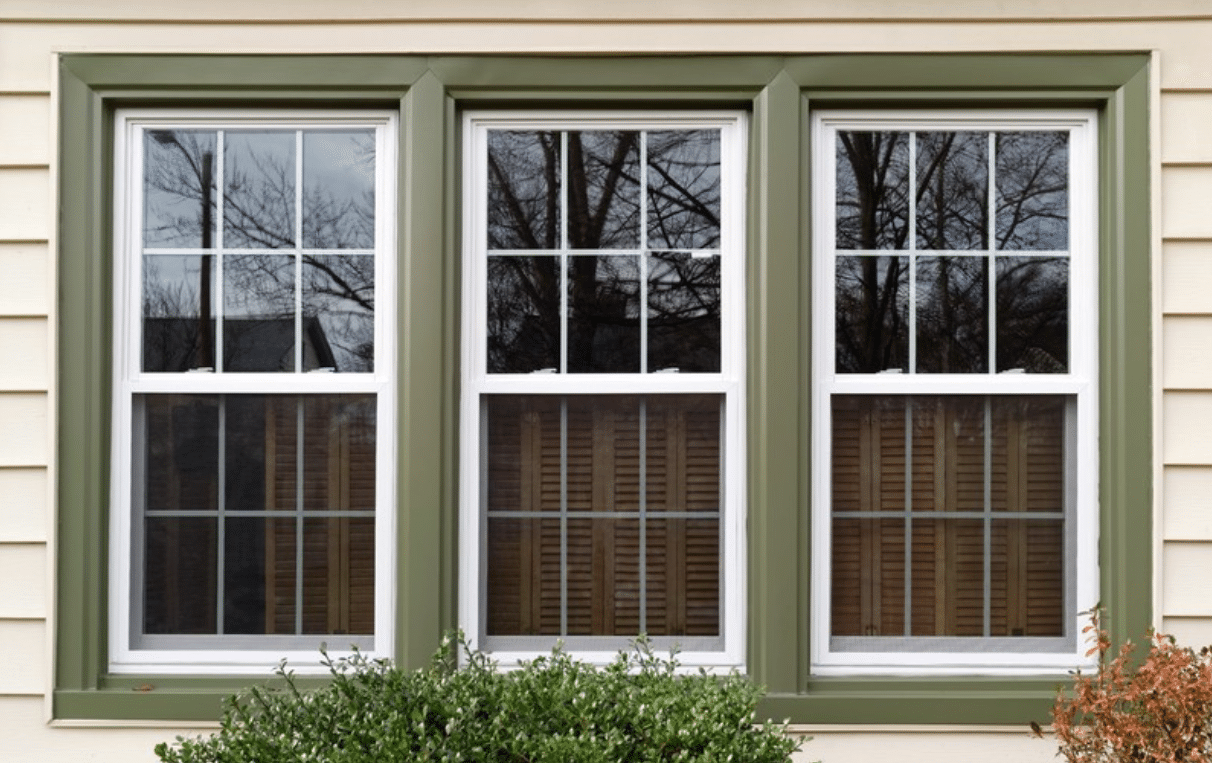Replacing windows is a significant home improvement project that is able to enhance the aesthetic appeal, energy efficiency, and value of your home.
When it comes to replacing casement windows, homeowners are often faced with the decision of whether to take on the task themselves or hire a professional.
Both options have their pros and cons, and understanding them may help you make an informed decision.
The Appeal of DIY Installation
The primary motivation for many homeowners to install their own casement windows is cost savings. Labor costs may make up a significant portion of the overall expense of window replacement.
By doing the work yourself, you may potentially save hundreds or even thousands of dollars. Additionally, DIY installation gives you complete control over the project, allowing you to work at your own pace and schedule.
However, it’s important to recognize that the installation of replacement casement windows is not a simple task.
It involves precise measurements, handling heavy materials, and ensuring that the windows are properly sealed and insulated. Any mistakes made during the building process can lead to poor performance, drafts, water leaks, and even structural damage to your home.
The Benefits of Professional Installation
Hiring a professional to install your new casement windows offers several advantages that can outweigh the initial cost savings of a DIY project. First and foremost, professionals bring expertise and experience to the table.
They are trained to handle all aspects of window installation, from removing the old windows to ensuring the new ones are perfectly fitted and sealed. Professional installers also have access to specialized tools and equipment that can make the job quicker and more efficient.
They address unexpected issues that may arise during the installation process, such as structural damage or irregular window openings. Moreover, professional installation often comes with warranties that cover both the labor and the windows themselves, providing peace of mind and protection against future problems.
The Importance of Building Regulations
When replacing casement windows, it’s essential to comply with existing building regulations and codes to ensure safety and legality. In the United States, the International Residential Code (IRC) and local building codes govern the installation of windows.
These codes specify requirements for window size, egress, energy efficiency, and structural integrity. For example, the IRC mandates that bedrooms must have at least one egress window to serve as an emergency exit. Failure to adhere to these regulations can result in fines and may complicate future home sales.
Comparison of Costs and Time
When comparing the costs of DIY versus professional installation, it’s essential to consider all the factors involved. While DIY projects may save on labor costs, you will need to invest in tools and materials that you may not already have.
These include caulking guns, shims, insulation, and specialized saws. Additionally, you must account for the value of your time. Installing casement windows may be time-consuming, especially for those who are not experienced in such projects.
Professional installation, on the other hand, is more expensive upfront but can save you time and reduce the risk of errors. Professionals typically complete the job more quickly and efficiently than a DIYer. Moreover, their work is often backed by guarantees, ensuring that any issues that arise post-installation are promptly addressed.

Quality and Longevity
The quality of the installation significantly impacts the performance and longevity of your new windows. Improperly installed windows may lead to drafts, energy loss, and water infiltration, which can cause long-term damage to your home. Professionals ensure that the windows are level, sealed correctly, and function smoothly, providing optimal performance and durability.
In contrast, a DIY installation, while potentially successful, carries a higher risk of mistakes that could compromise the window’s functionality and lifespan. Even minor errors in alignment or sealing lead to serious issues down the line, potentially costing more in repairs and energy bills than the initial savings from avoiding professional installation.
How to Make the Decision
| Factor | DIY Installation | Professional Installation |
|---|---|---|
| Budget | Potentially lower cost by saving on labor | Higher upfront costs due to professional fees |
| Experience | Requires essential knowledge and expertise | Benefits from professional expertise and experience |
| Tools | Requires purchase or rental of specialized tools | Professionals have access to all necessary tools |
| Time | Can be time-consuming and requires flexibility | Generally faster and more efficient |
| Confidence | Suitable for those confident in their skills | Ideal for those unsure about any aspect of the process |
| Quality & Longevity | Higher risk of mistakes affecting performance | Ensures high-quality installation and optimal performance |
| Peace of Mind | May worry about potential errors and repairs | Peace of mind with warranties and guarantees |
| Future Costs | Potential for higher costs due to mistakes | Potential savings on future repairs and energy costs |
Concluding Remarks
Whether you choose to install your casement windows yourself or hire a professional, it’s crucial to weigh the pros and cons carefully. By considering your own skills, resources, and needs, you can make the best choice for your home and enjoy the benefits of your new casement windows.








